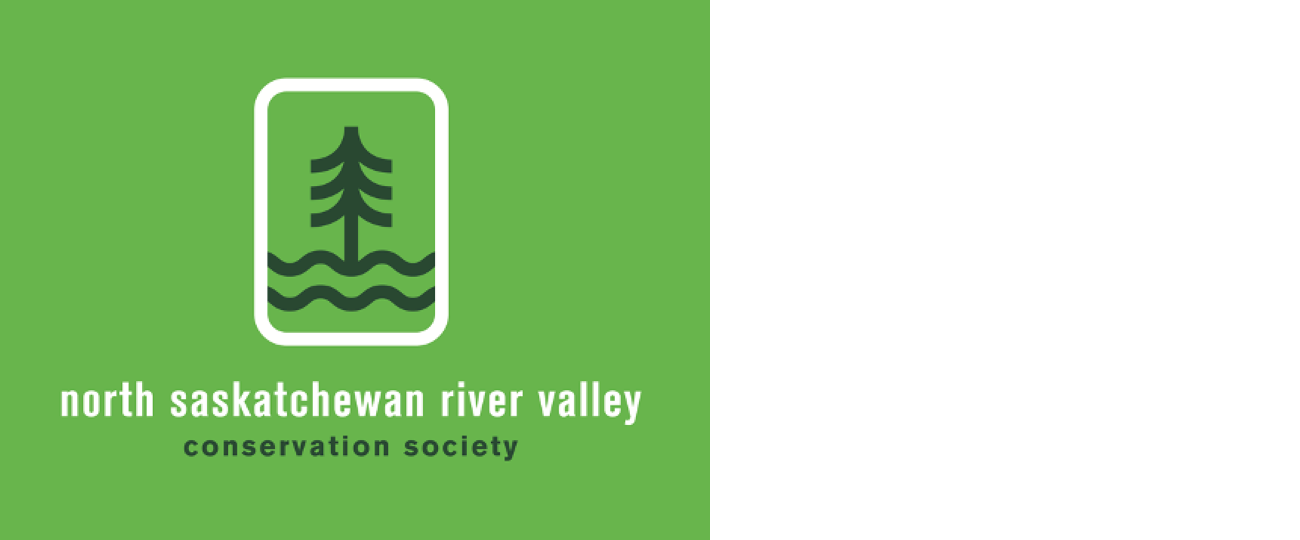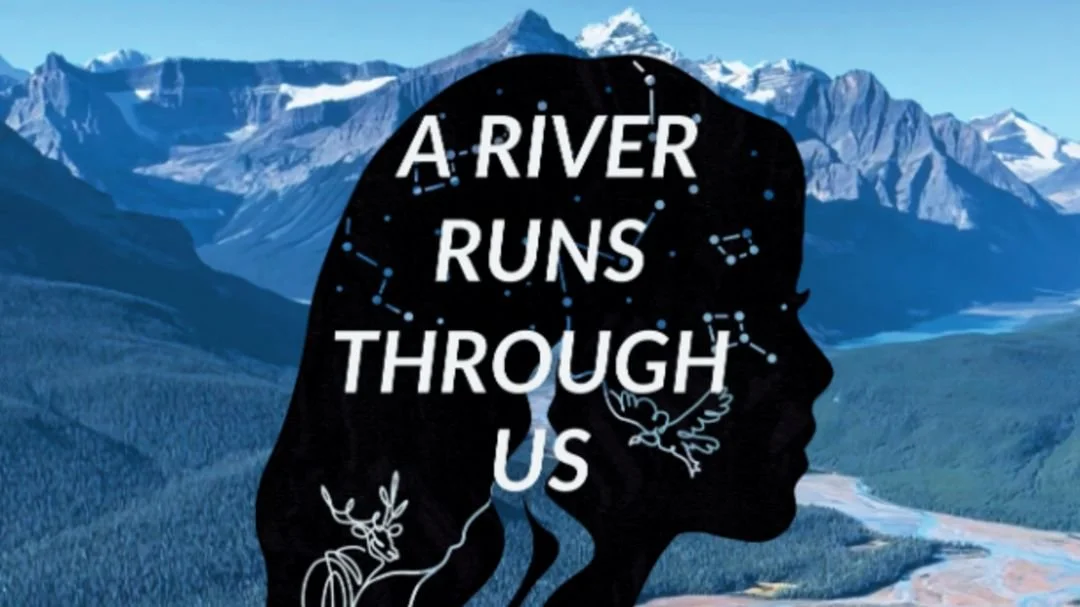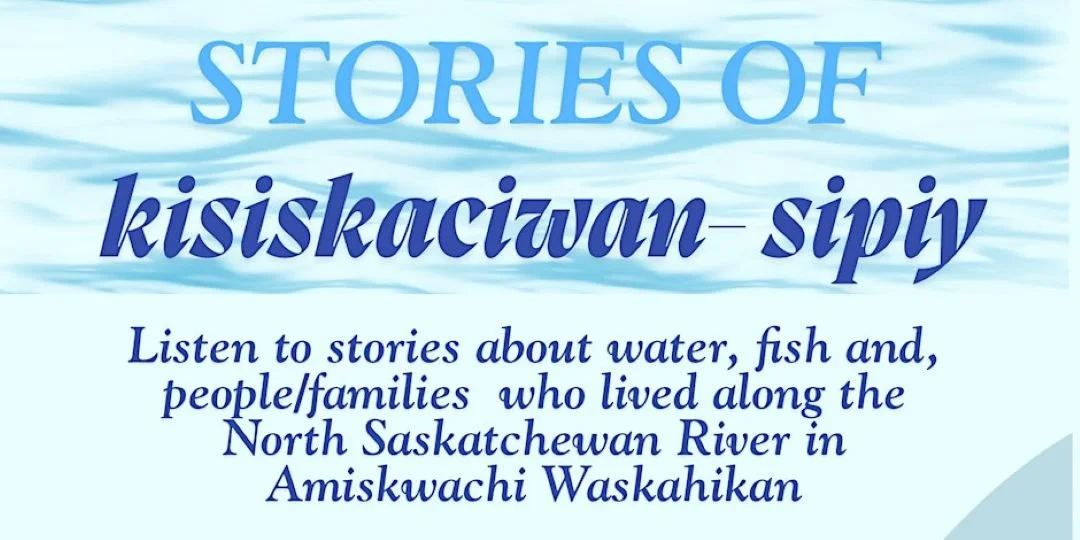Photo credit: Library and Archives Canada 3302907
The Railway Divide: How A Bridge Construction Delay Created Strathcona
Following the eviction of local Indigenous Peoples, European settlers began arriving primarily by train in 1891 to the area that would become Strathcona, initiating a rapid growth spurt common across the prairies. The railway initially ended on the south side of the North Saskatchewan River—first at a temporary terminus across Whyte Avenue, and then at a second station built shortly after—because extending the line across the river to the HBC's Fort Edmonton was too costly and required a bridge. This delay caused the tiny township of South Edmonton to grow independently around the station, eventually becoming known as Strathcona, named after the HBC governor, Lord Strathcona.
While Fort Edmonton had been a major trading hub since 1795, the Canadian Pacific Railway (CPR) bypassed it in 1883, favouring a route through Calgary. This forced Edmontonians to wait eight more years for a spur line from Calgary, as the week-long, arduous journey was hindering the local economy. The railway was crucial to allow people, goods, and economic activity to flood into the Edmonton area quickly.
To save costs and profit from land sales, the CPR officially terminated the line in Strathcona, where it owned land, rather than build a bridge across the North Saskatchewan River immediately. Though Edmontonians still needed to ferry the river, the railway's arrival was celebrated, reducing the journey from Calgary to a single day. Both Edmonton and the new community of Strathcona saw immediate population growth following the line's opening.
For more information check out The End of the Line by Elyse Abma-Bouma
Photo credit: Global News Edmonton
🚶 Rising Traffic Fatalities Highlight Danger for Edmonton Pedestrians
Edmonton is facing a significant and troubling surge in traffic collision fatalities, with 29 deaths recorded this year, a dramatic increase from the 12 deaths reported in 2020. Authorities link this trend to reckless driving behaviour, high rates of speeding, and traffic violations, suggesting a correlation with the recent reduction in the use of mechanisms like photo radar.
A critical concern within this rising fatality rate is the danger to vulnerable road users, with ten of the total deaths this year involving pedestrians alone, up from six the previous year. This alarming trend underscores the city's failure to provide safe, reliable paths for people who choose active transportation options like walking or cycling to navigate the city.
Advocacy groups like Paths for People are urging the city to focus heavily on improving infrastructure, emphasizing that safe streets require intentional design, including high-visibility intersections and better bike and pedestrian infrastructure. Implementing these safety measures is essential to achieve the city's Vision Zero goal, which aims to eliminate all serious traffic-related injuries and fatalities for everyone.
Photo credit: ualberta.ca
A River Runs Through Us - The Story of the NSR
The University of Alberta’s Faculty of Science is hosting a screening of the film "A River Runs Through Us - The Story of the North Saskatchewan River," scheduled for November 19, 2025, from 6:30 PM to 9:00 PM at the Horowitz Theatre on North Campus. The core of the evening is a special film screening that explores the multifaceted story of this crucial waterway.
The documentary aims to tell the story of the North Saskatchewan River through a diversity of voices, including scientists, local communities, stewardship groups, and Indigenous peoples. The film highlights the river's immense significance, noting that it is far more than just a water source; it is a lifeline that has shaped cultural identities, ecosystems, and industries since time immemorial.
The event is open to the public, with a cost of $10 for community members and alumni, while students with a valid OneCARD and children under 17 can attend for free. Doors open at 6:30 PM, with the film screening beginning at 7:00 PM, offering a profound exploration of the river that carves its way through the province's rugged landscapes and historic communities.
A River Runs Through Us - The Story of the North Saskatchewan River | Events
Photo credit: r/alberta user Appropriate_Duty_930
Operation Total Recall: The Citizen-Led Effort to Recall UCP MLAs
Operation Total Recall is a grassroots, non-partisan movement in Alberta initiated to hold elected officials accountable through the province's existing recall legislation. The campaign was specifically spurred by the provincial government's use of the notwithstanding clause to pass the controversial "Back to School Act" following a major teachers' strike. The movement’s website tracks and supports efforts to recall the dozens of UCP MLAs who voted in favour of that specific legislation.
The primary objective of these localized recall campaigns is to secure enough successful votes across the province to challenge the ruling party's majority in the Legislative Assembly. Under Alberta law, a successful petition requires gathering a very high percentage of signatures from eligible voters within a specific electoral division. Organizers hope that achieving several recalls will trigger a lack of confidence and ultimately force a provincial general election.
The process has faced challenges, with organizers criticizing the provincial government for allegedly limiting Elections Alberta's funding, which they argue interferes with citizens’ ability to administer and verify the petitions. Despite these hurdles, recall applications have been approved for several key UCP representatives, including the Minister of Education, signalling the seriousness of these citizen-led efforts to send a strong democratic message about government accountability.
Community Windows / Coda Girvan / 2025 / Castle Downs Park
Comment or Contributions
Please note that articles may not reflect the position of NSRVCS. River Valley News is meant to be a clearinghouse for the variety of opinions and ideas about Edmonton’s River Valley.
Email river valley photos, event information, comments, or questions to nsrivervalley@gmail.com.
Forward this link to anyone you think may want to sign up for this newsletter https://www.edmontonrivervalley.org/newsletter-signup

















